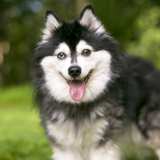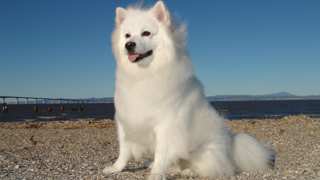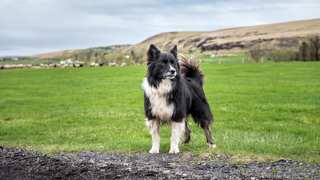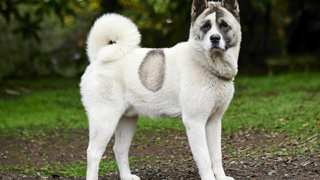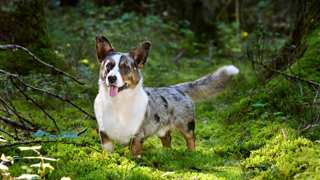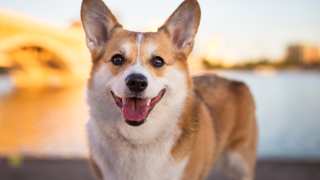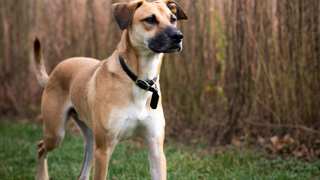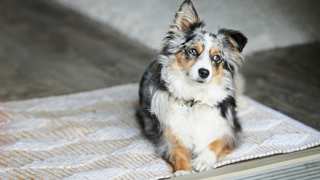Since these dogs were developed from Huskies and other Spitz-type breeds, Alaskan Klee Kai exercise requirements are fairly high--but since they're smaller, Klee Kai's activity needs aren't as extensive as their Husky predecessors. Still, Klee Kai will need a good bit of outdoor activities on a daily basis, and they'll do best with exercises that stimulate them mentally as well as physically. They also make good jogging companions.
And specifically how much exercise does a Klee Kai need each day? The typical adult Klee Kai, depending on its age and overall activity level, will do well with 60-90 minutes of proper physical activity per day. You can start exercising a Klee Kai puppy at three months old by taking it on short (5- to 10-minute) walks, then increasing the walks' length and frequency as the puppy grows.
A few things to keep in mind when exercising your Klee Kai: first, puppies younger than nine months old shouldn't participate in activities that include a lot of jumping, running, and navigating of stairs, as doing so can injure their still-developing joints and bones. And regardless of age, a leash will be required when taking your Klee Kai out in public. These little dogs have a very high prey drive, and will instinctively chase interesting-looking critters like birds and squirrels if given the chance; they're also naturally wary of strangers, and will likely be fearful and defensive around them. A leash will help you control your Klee Kai in these and other situations. Even when exercising your Klee Kai in your own yard, the area will need to be well-fenced to keep the dog from running after other animals.
Precautions aside, it's important to exercise your Klee Kai every single day. If bored or restless, these dogs will become frustrated, high-strung, and disobedient, and may even turn destructive. Consistent exercise will keep your Klee Kai happy and peaceful--and it'll be good for your own peace of mind as well. Here are a few exercise ideas:
- Walking/Jogging: Two 30-minute walks (or 20-minute jogs) per day is a good target
- Fetch: Can be played indoors or out
- Hide-and-Seek: Good indoor, rainy-day activity; give the dog a treat when it finds you
- Canine Sports: Klee Kai excel at agility trials and other competitions
- Hiking: Excellent bonding activity; bonus if you can find a remote area where the dog can be off-leash
When indoors, it's a good idea to provide your Klee Kai with access to one or more balls or toys that will allow the dog to burn excess energy. It's also recommended that you establish a regular exercise schedule for the dog, such as walks or jogs after breakfast and dinner and a play period in the afternoon.
